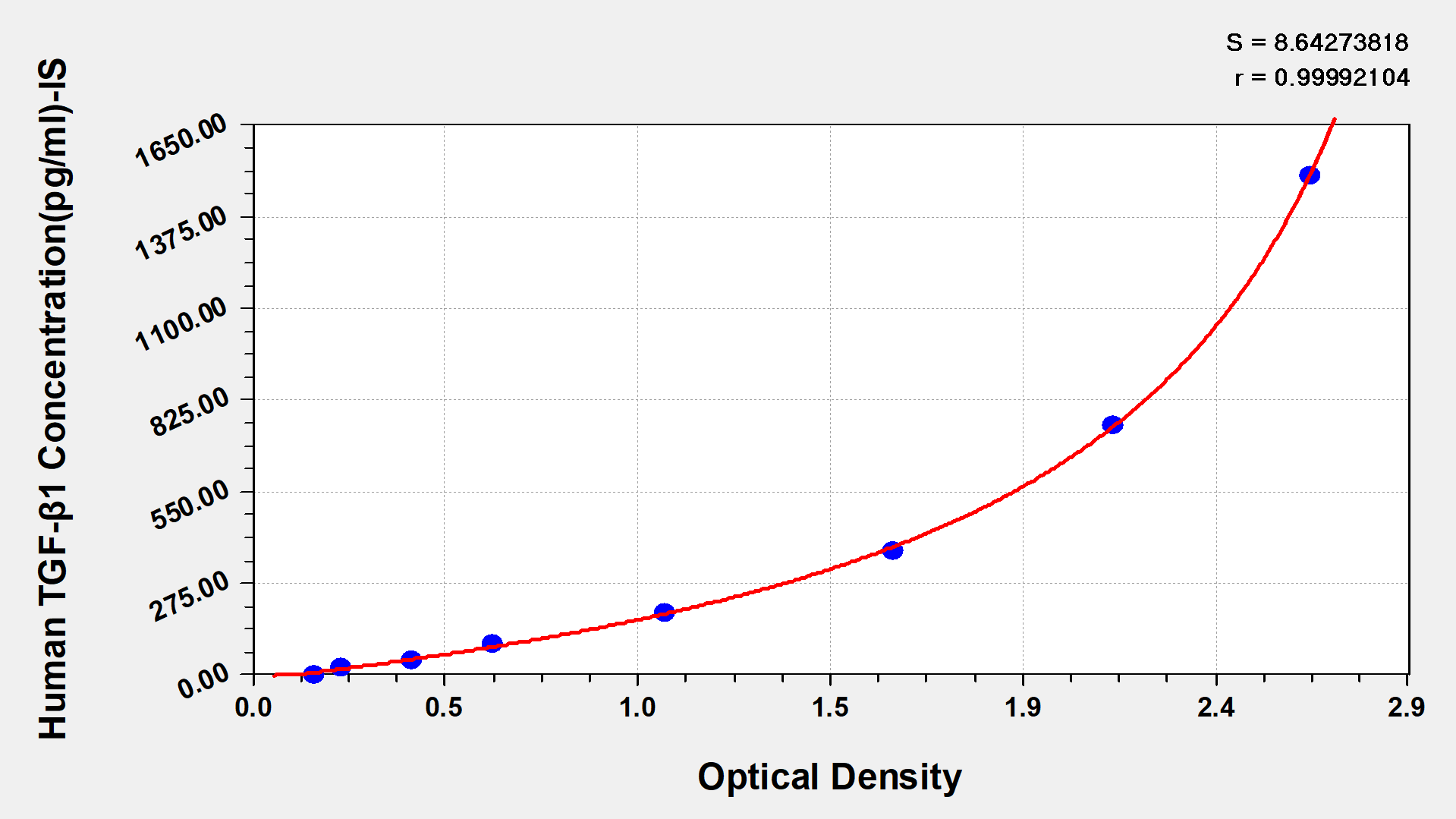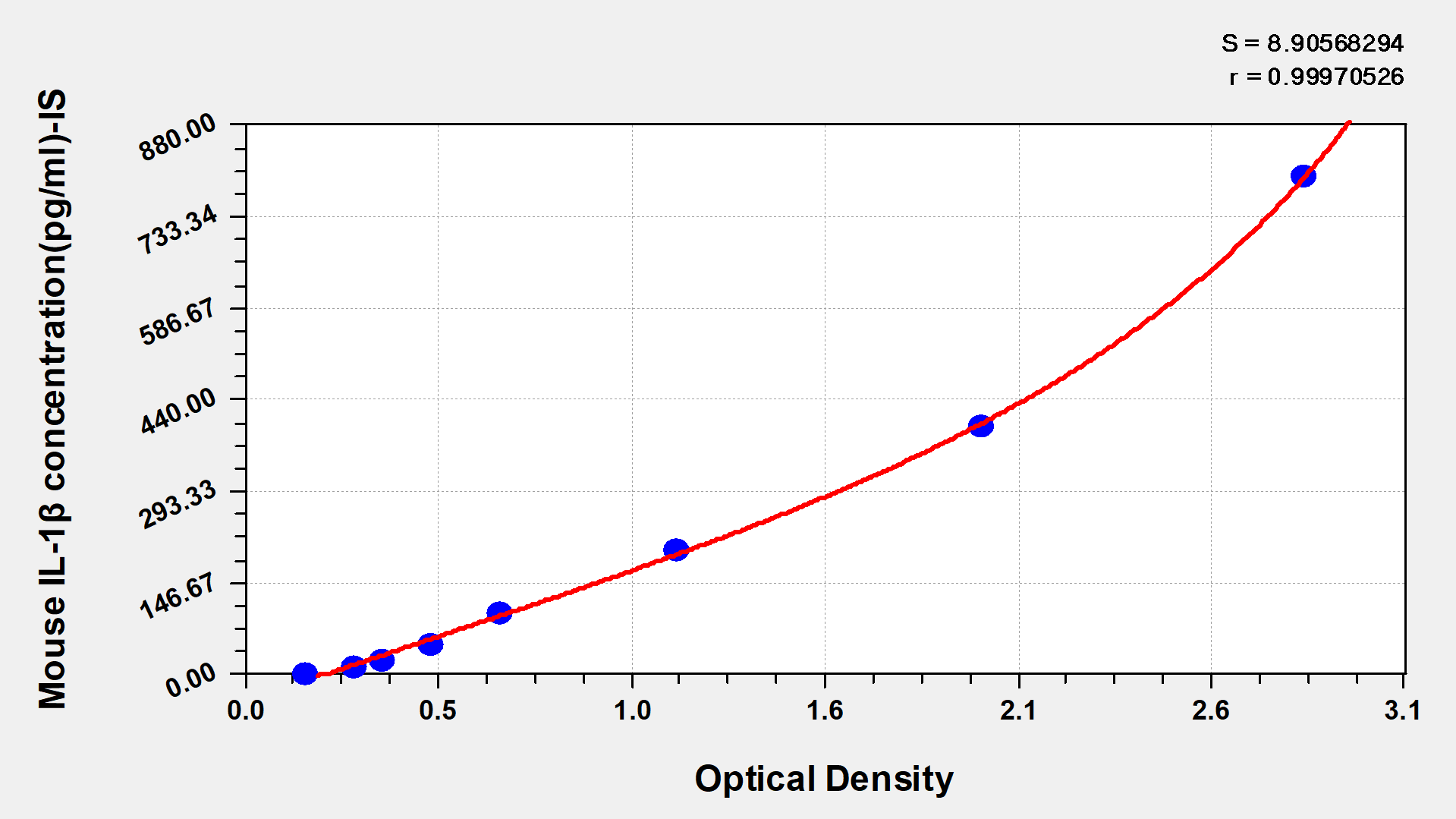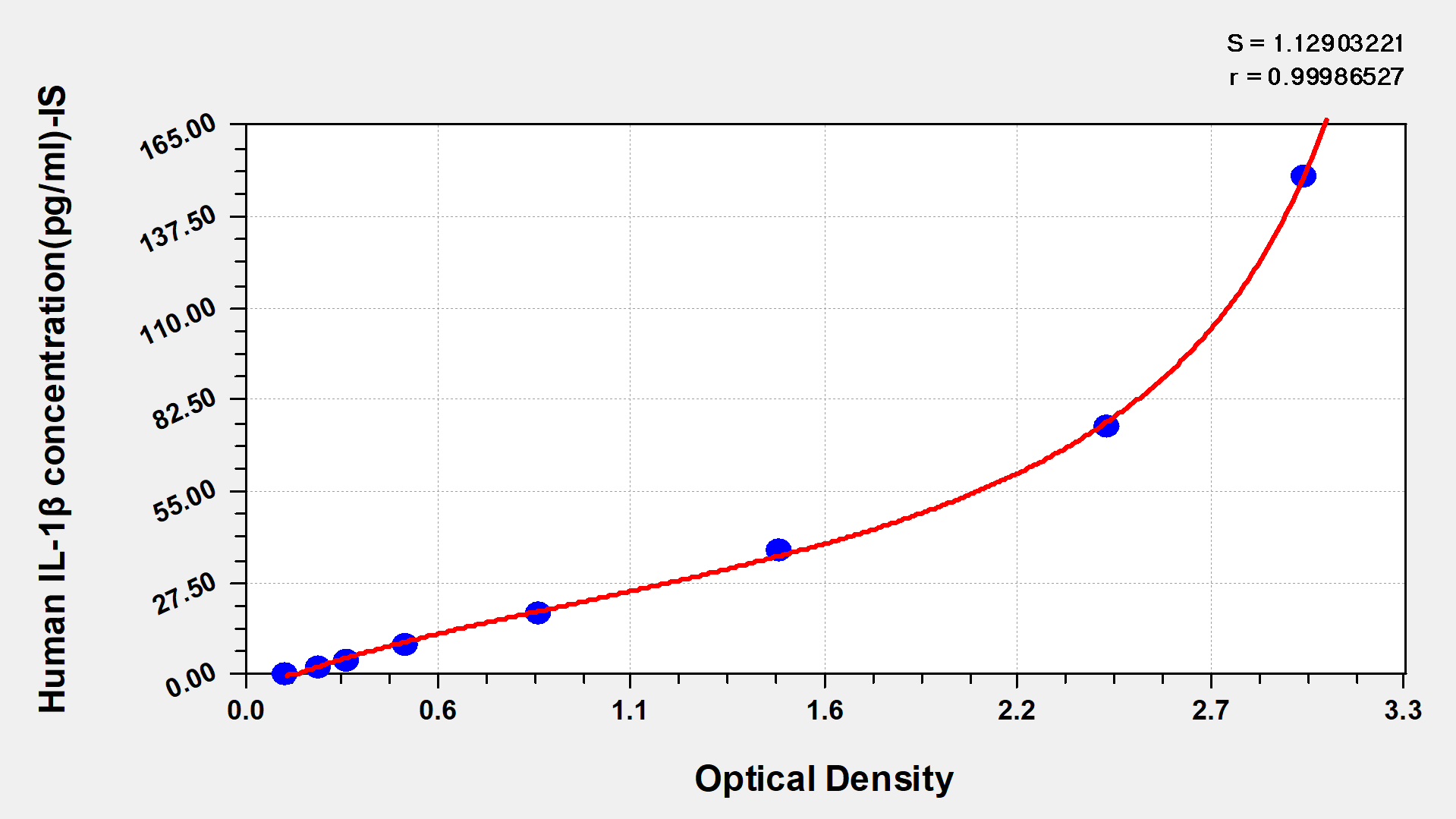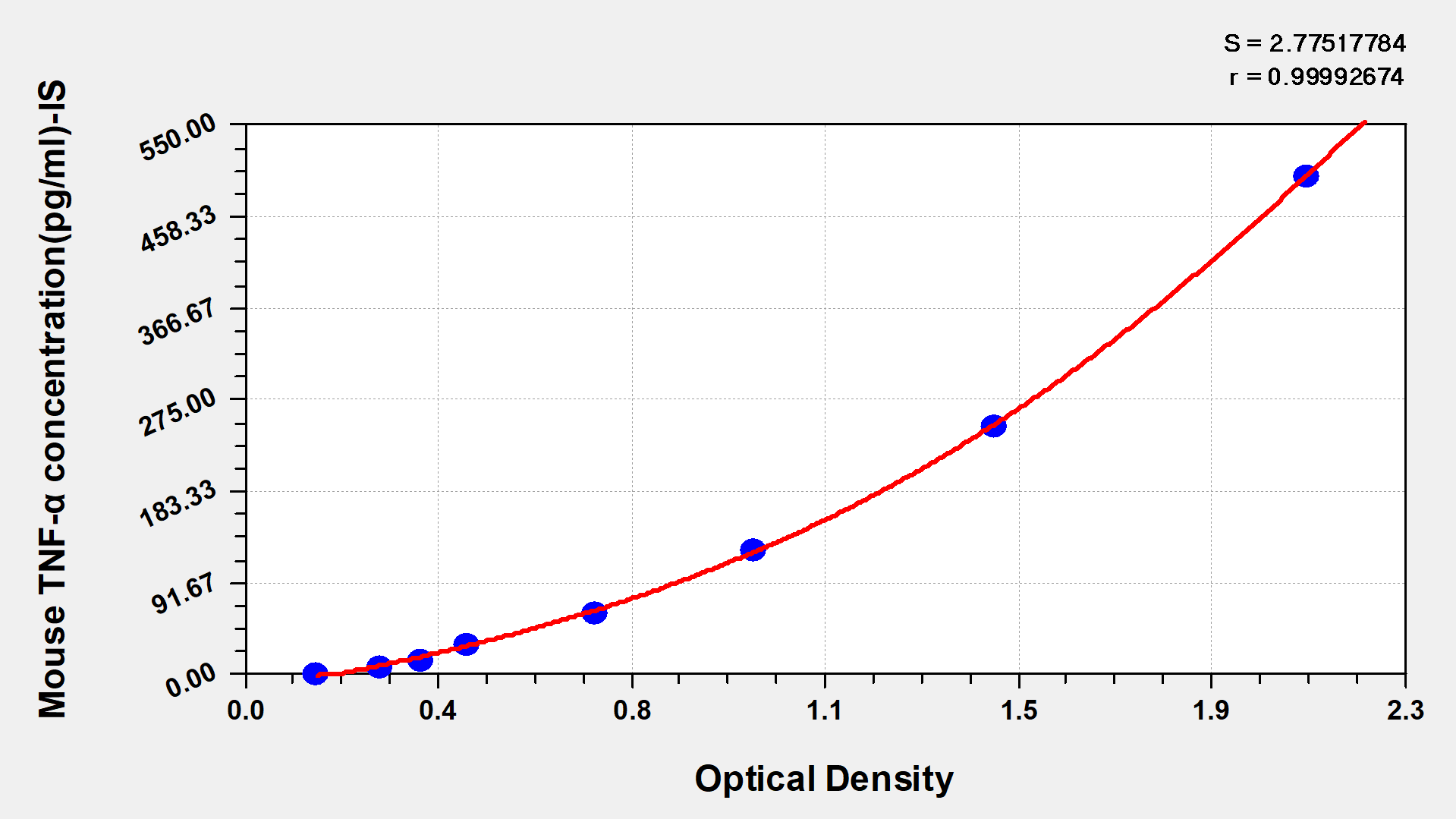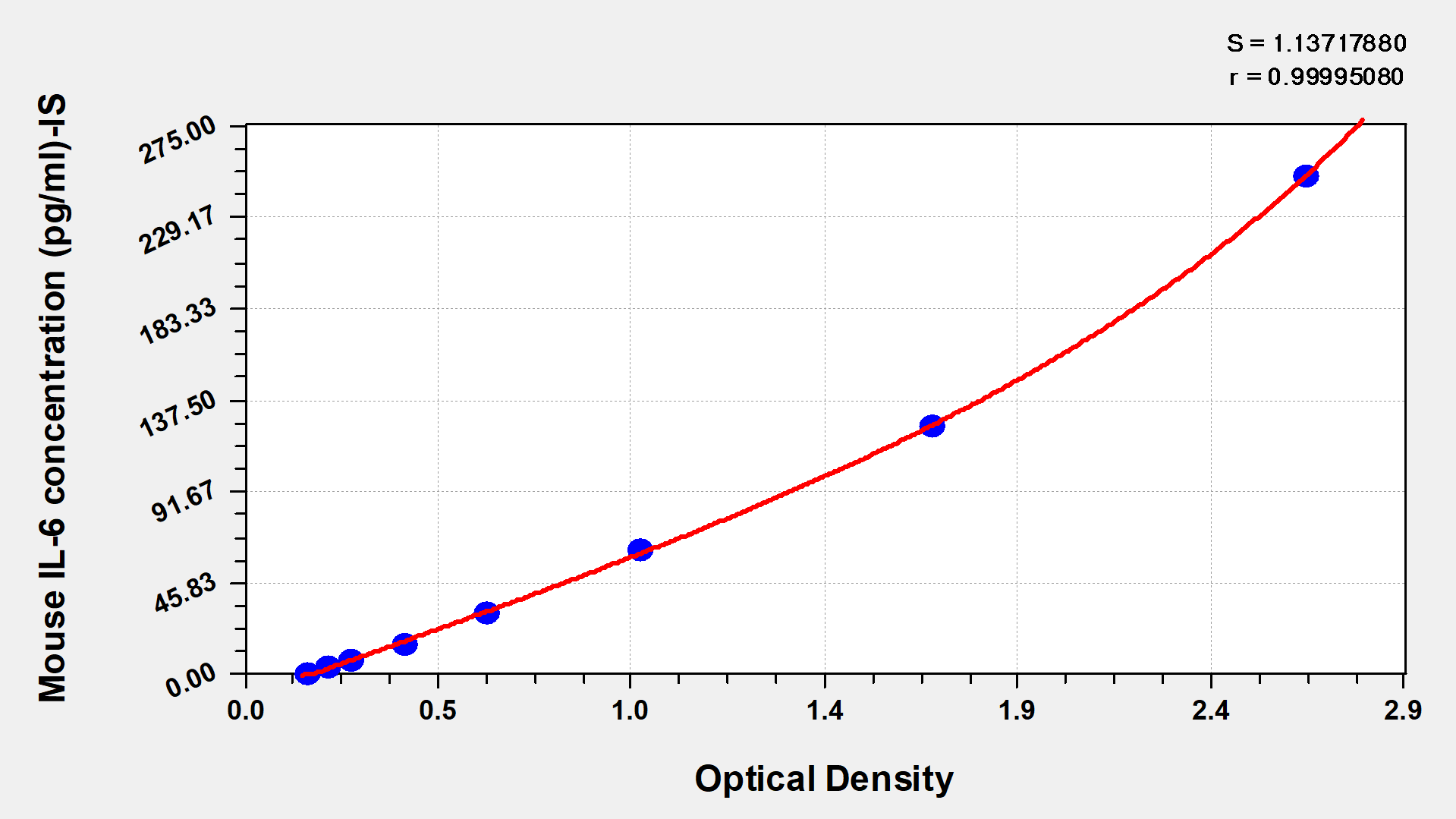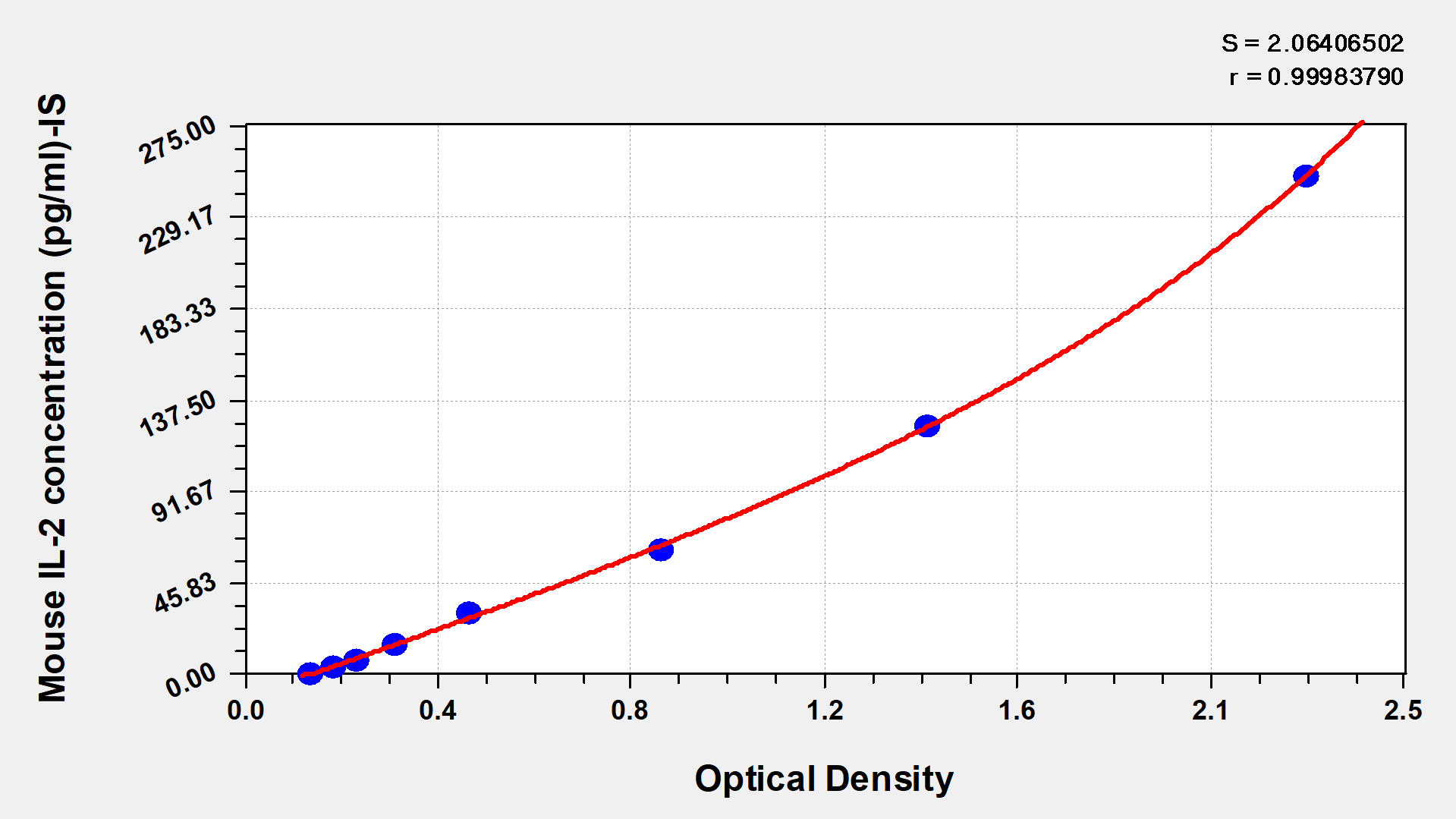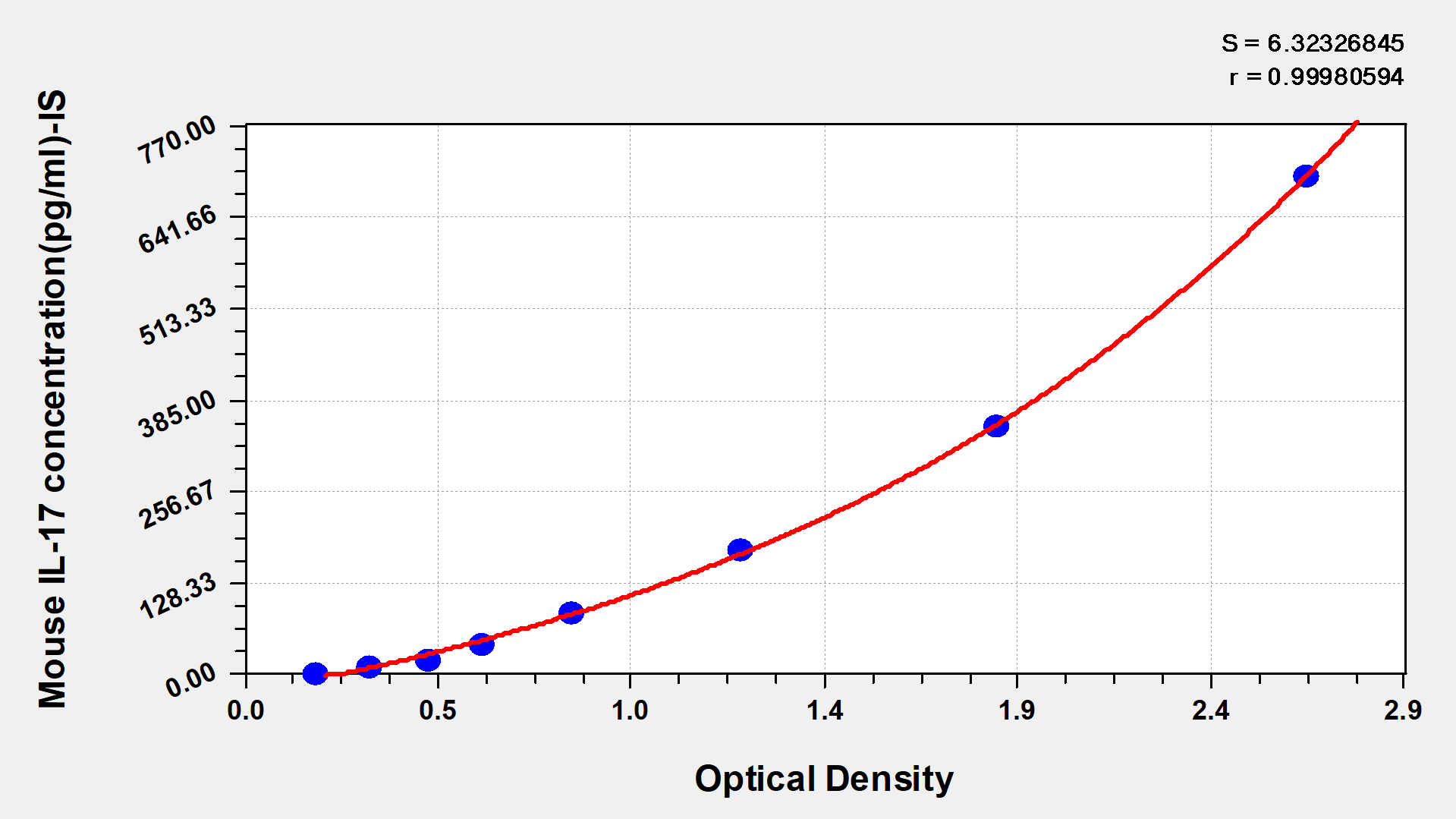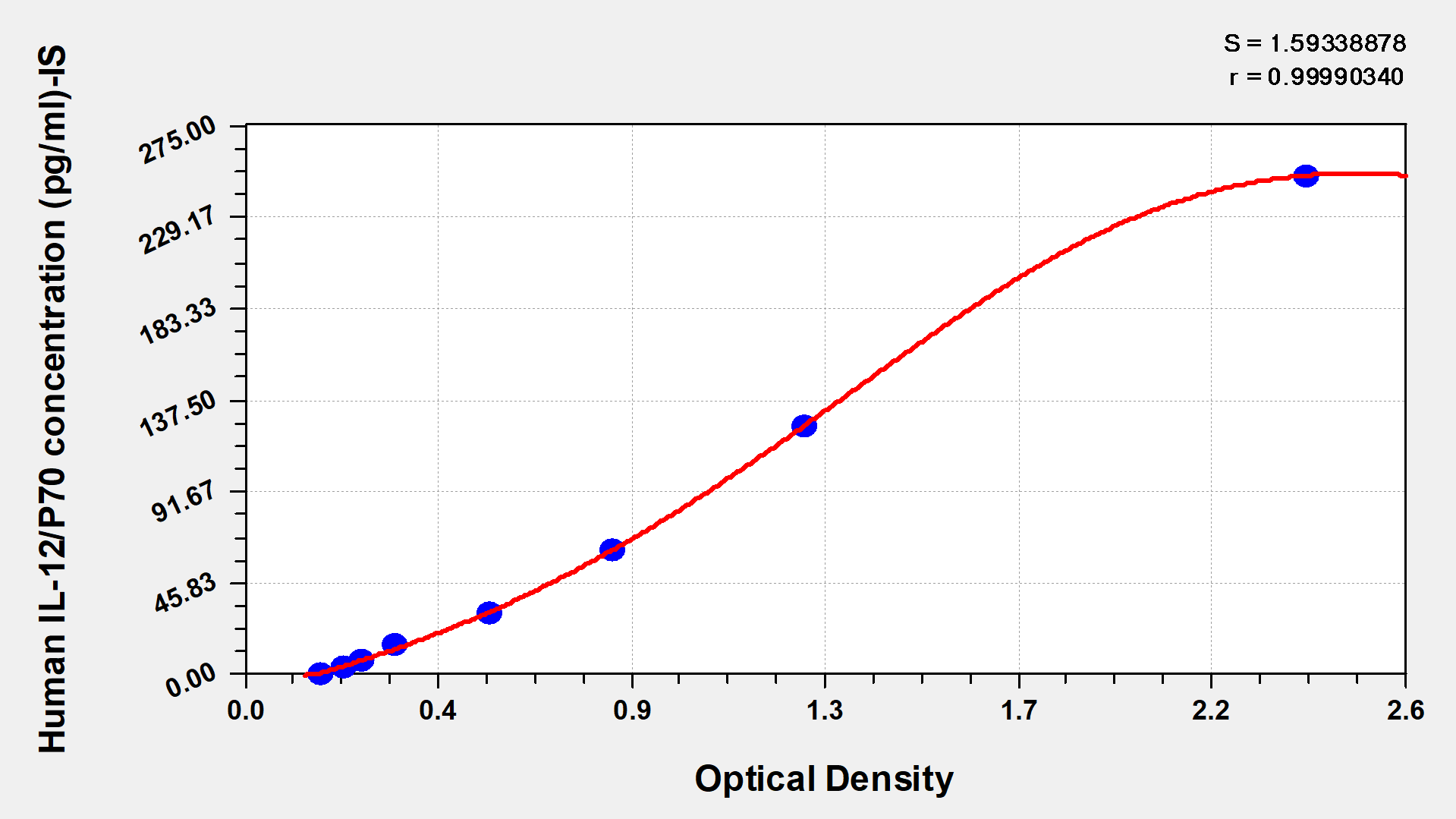Mouse Angiopoietin-related protein 3(ANGPTL3) ELISA kit
-
中文名称:小鼠血管生成素相关蛋白3(ANGPTL3)酶联免疫试剂盒
-
货号:CSB-EL001711MO
-
规格:96T/48T
-
价格:¥3600/¥2500
-
其他:
产品详情
-
产品描述:CUSABIO小鼠血管生成素相关蛋白3(ANGPTL3)酶联免疫试剂盒,采用双抗体夹心法定量检测血清、血浆及组织匀浆中的ANGPTL3水平。ANGPTL3是一种主要由肝脏分泌的糖蛋白,通过调节脂蛋白脂肪酶活性参与脂质代谢调控,并与血管生成、糖代谢等生理过程密切相关,其表达水平变化与代谢性疾病及心血管疾病的研究密切相关。试剂盒检测灵敏度达31.25 pg/mL,线性范围为31.25-2000 pg/mL,可在4.5小时内完成检测流程,包含预包被特异性抗体的96孔板、标准品、检测抗体及显色系统等完整组分,适用于小鼠疾病模型中ANGPTL3表达动态分析、代谢机制研究或药物干预效果评估等科研用途。实验操作兼容常规酶标仪检测(450nm波长),建议样本预处理时离心去除颗粒物以保证检测准确性。
-
别名:Angptl3Angiopoietin-related protein 3 ELISA kit; Angiopoietin-like protein 3) [Cleaved into: ANGPTL3(17-224)] ELISA kit
-
缩写:
-
Uniprot No.:
-
种属:Mus musculus (Mouse)
-
样本类型:serum, plasma, tissue homogenates
-
检测范围:31.25 pg/mL-2000 pg/mL
-
灵敏度:10.24 pg/mL
-
反应时间:1-5h
-
样本体积:50-100ul
-
检测波长:450 nm
-
研究领域:Cardiovascular
-
测定原理:quantitative
-
测定方法:Sandwich
-
数据处理:
-
货期:3-5 working days
相关产品
靶点详情
-
最新研究进展:ANGPTL3(angiopoietin-like protein 3)是一种由肝脏和肠道分泌的蛋白质,能够调节脂质代谢和胰岛素敏感性。近年来,关于ANGPTL3的研究得到了越来越多的关注。最新的研究表明,ANGPTL3是一种抑制性蛋白,可以通过抑制肝脏和肠道的脂质合成来调节血脂水平。一些研究还发现,ANGPTL3缺陷会导致高密度脂蛋白胆固醇(HDL-C)水平的升高和低密度脂蛋白胆固醇(LDL-C)水平的降低,因此被认为是一种可靶向的治疗靶点。针对ANGPTL3的药物治疗也得到了广泛的研究。目前已经开发出多种针对ANGPTL3的药物,包括单抗和小分子抑制剂等。这些药物的研究结果表明,针对ANGPTL3的治疗能够显著降低血脂水平,并有望成为一种有效的治疗高脂血症的方法。
-
功能:Acts in part as a hepatokine that is involved in regulation of lipid and glucose metabolism. Proposed to play a role in the trafficking of energy substrates to either storage or oxidative tissues in response to food intake. Has a stimulatory effect on plasma triglycerides (TG), which is achieved by suppressing plasma TG clearance via inhibition of LPL activity; the function seems to be specific for the feeding conditions. The inhibition of LPL activity appears to be an indirect mechanism involving recruitment of proprotein convertases PCSK6 and FURIN to LPL leading to cleavage and dissociation of LPL from the cell surface; the function does not require ANGPTL3 proteolytic cleavage but seems to be mediated by the N-terminal domain, and is not inhibited by GPIHBP1. Can inhibit endothelial lipase, causing increased plasma levels of high density lipoprotein (HDL) cholesterol and phospholipids; the cleaved N-terminal domain is more efficient than the uncleaved proprotein. Can bind to adipocytes to activate lipolysis, releasing free fatty acids and glycerol. Suppresses LPL specifically in oxidative tissues which is required to route very low density lipoprotein (VLDL)-TG to white adipose tissue (WAT) for storage in response to food; the function may involve cooperation with circulating, liver-derived ANGPTL8 and ANGPTL4 expression in WAT. Contributes to lower plasma levels of low density lipoprotein (LDL)-cholesterol by a mechanism that is independent of the canonical pathway implicating APOE and LDLR. May stimulate hypothalamic LPL activity.; Involved in angiogenesis. Binds to endothelial cells via integrin alpha-V/beta-3 (ITGAV:ITGB3), activates FAK, MAPK and Akt signaling pathways and induces cell adhesion and cell migration. May increase the motility of podocytes. Secreted from podocytes, may modulate properties of glomerular endothelial cells involving integrin alpha-V/beta-3 and Akt signaling. May induce actin filament rearrangements in podocytes implicating integrin alpha-V/beta-3 and Rac1 activation. Binds to hematopoietic stem cells (HSC) and is involved in the regulation of HSC activity probably implicating down-regulation of IKZF1/IKAROS.
-
基因功能参考文献:
- The role of ANGPLT3 in controlling lipoprotein metabolism and risk of cardiovascular diseases is reviewed here. PMID: 29334984
- ANGPTL8 has a functional LPL inhibitory motif, but only inhibits LPL and increases plasma TG levels in mice in the presence of ANGPTL3 PMID: 28413163
- The data suggests that ANGPTL3 is part of the machinery causing dyslipidemia majorily via LPL inhibition in mastitis mice. PMID: 29104012
- Using in vitro ketosis model by glucose starvation, studied inhibition of ketosis by momilactone B. Found momilactone B could regulate the angiopoietin-like-3 (ANGPTL3)-lipoprotein lipase (LPL)pathway, and suppressed the expression of HMGCS2 through the increased expression of STAT5b. PMID: 27874312
- This model suggests a general mechanism by which TAG trafficking is coordinated by lipasin, Angptl3 and Angptl4 at different nutritional statuses. PMID: 26687026
- Inactivation of ANGPTL3 reduces hepatic VLDL-triglyceride secretion PMID: 25954050
- The deletion of ANGPTL3 tremendously attenuates proteinuria and protects podocytes from injury in a mouse model of adriamycin-induced nephropathy. PMID: 25710887
- ANGPTL3 has a role in regulating white adipose tissue energy homeostasis but not in liver PMID: 26305978
- Data indicate that expression of Angptl3 in hematopoietic stem cell (HSC) through lentiviral transduction promoted HSC expansion. PMID: 25170927
- Angptl3 could induce actin filament rearrangement, mainly in lamellipodia formation, and that this process was mediated by integrin alpha(V)beta-mediated FAK and PI3K phosphorylation and Rac1 activation. PMID: 24294595
- Furin has a role as the primary in vivo convertase of ANGPTL3 and endothelial lipase in hepatocytes PMID: 23918928
- ANGPTL8, a paralog of ANGPTL3 that arose through duplication of an ancestral DOCK gene, regulates postprandial TAG and fatty acid metabolism by controlling activation of its progenitor, and perhaps other ANGPTLs PMID: 23150577
- Angptl3, as an extrinsic factor, thus supports the stemness of hematopoietic stem cells in the bone marrow niche. PMID: 20959605
- ANGPTL3 expression is upregulated in puromycin-induced podocyte damage and is associated with the reduction of perlecan and agrin expression PMID: 20424482
- a molecular connection between ANGPTL3, lipoprotein lipase, and proprotein convertases PMID: 20581395
- ANGPTL3 to be capable of regulating the motility and permeability of podocytes and that the mechanism of ANGPTL3's regulation could be associated with the altered expression of nephrin. PMID: 20633534
- Like ANGPTL4, ANGPTL3 inhibited nonstabilized LPL but not GPIHBP1-stabilized LPL PMID: 19542565
- ANGPTL3 stimulates endothelial cell adhesion and migration via integrin alpha vbeta 3 and induces blood vessel formation in vivo PMID: 11877390
- affects VLDL triglyceride clearance by interfering with LPL activity PMID: 12097324
- hepatic Angptl3 has a role in hypertriglyceridemia associated with the treatment of LXR ligand PMID: 12672813
- the cleavage of ANGPTL3 at two sites is important for the activation of ANGPTL3 in vivo PMID: 12909640
- Expression of ANGPTL3 was enhanced in both insulin-deficient and -resistant diabetic states; results strongly suggest ANGPTL3 to play an important role in hyperlipidemia in diabetes. PMID: 15094378
- Elevated ANGPTL3 by leptin- or insulin-resistance is attributed to increased plasma triglycerides and free fatty acid levels in obesity. PMID: 15336575
- Differential regulation of Angptl3 and Angptl4 by sites of expression, nutritional status, and ligands of nuclear receptors may confer unique roles of each in lipoprotein metabolism. Angptl3 is a target gene of liver X receptor PMID: 15863837
- Angptl3-deficiecy displayed hypotriglyceridemia with elevated postheparin plasma lipoprotein lipase, with greater effect in fed state. Deficiecy in both Angptl proteins had additive effect on plasma triglycerides with survival not past 2 months of age. PMID: 16081640
- Angptl3 acts as an inhibitor of EL and may be involved in the regulation of plasma HDL cholesterol and HDL-PL levels in humans and rodents. PMID: 17110602
- SE1 region of ANGPTL3 and ANGPTL4 functions as a domain important for binding LPL and inhibiting its activity in vitro and in vivo. PMID: 19318355
显示更多
收起更多
-
亚细胞定位:Secreted. Cell projection, lamellipodium.
-
组织特异性:Predominantly expressed in liver, weakly expressed in kidney and lung. Expressed in podocytes (at protein level). Expressed in hypothalamic neurons (at protein level). Expressed in bone marrow sinusoidal endothelial cells (at protein level).
-
数据库链接:
Most popular with customers
-
Human Transforming Growth factor β1,TGF-β1 ELISA kit
Detect Range: 23.5 pg/ml-1500 pg/ml
Sensitivity: 5.8 pg/ml
-
-
-
Mouse Tumor necrosis factor α,TNF-α ELISA Kit
Detect Range: 7.8 pg/ml-500 pg/ml
Sensitivity: 1.95 pg/ml
-
-
-
-



